A new data analysis shows that population is surging on Florida’s barrier islands despite rising seas and worsening storms. Florida politics and policies continue to champion the growth.
Life on Florida’s barrier islands amid the threat of extreme weather has always been a gamble.
The protective strips of land that line coastal communities and ecosystems and buffer them against storms are ever-changing. But island population growth continues to climb despite increasing awareness of the coastal risks associated with climate change, including rising seas and hurricanes that scientists warn are growing more intense.
Population on Florida’s barrier islands grew 9 percent between 2010 and 2020, according to a new analysis of population growth on the state’s inhabited islands.
Florida is ringed by thousands of barrier islands. Most are small and uninhabited. Some appear and disappear. Some are state parks or wildlife refuges. Others were once populated, and then abandoned. About 200 barrier islands support permanent residents, from small, private islands like Useppa in southwest Florida to large, urban islands like Miami Beach.
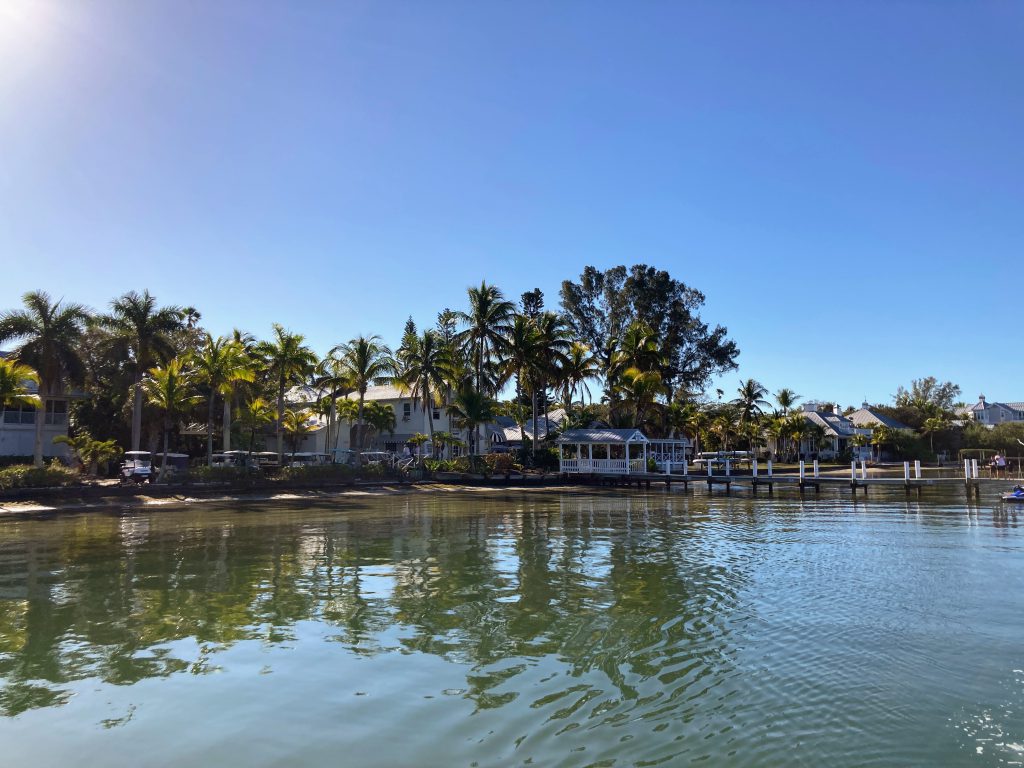
Some 44,683 new, permanent residents moved to these islands in the decade analyzed. WUFT used existing shoreline databases and U.S. Census tract data from the UF Bureau of Economic and Business Research and other agencies to build an ArcGIS model of Florida’s inhabited barrier islands. The fastest-growing barrier islands were in the Florida Panhandle, especially Santa Rosa Island, home to Pensacola Beach, Navarre Beach and Okaloosa Island.
Santa Rosa’s growth soared that decade despite Hurricane Ivan, one of the most severe hurricanes in the region’s history with extensive damage throughout the barrier island.
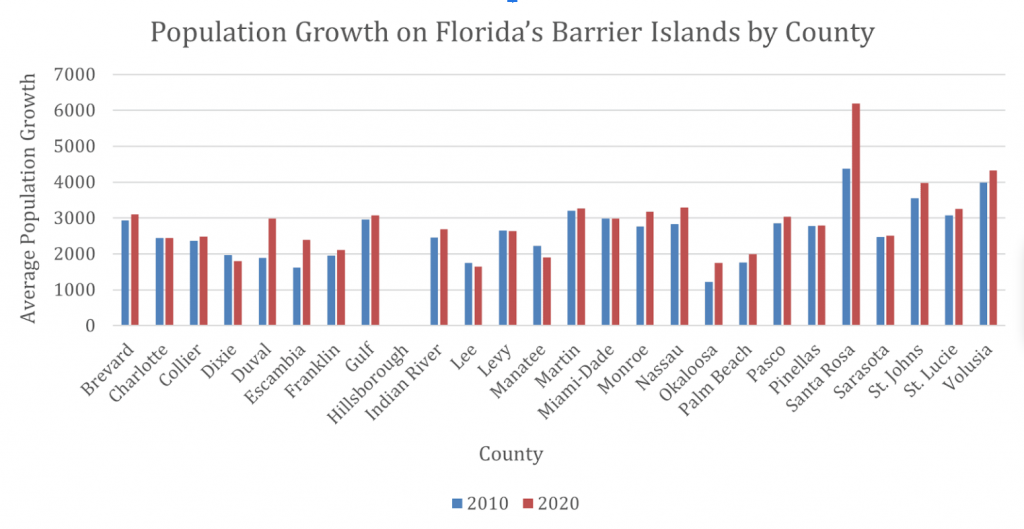
Tom Hoctor, director of UF’s Center for Landscape Conservation Planning, doesn’t believe barrier island growth will slow down any time soon, even in the wake of Hurricane Ian.
“The attitude hasn’t changed, there is no interest in preparing people for the realities of living in Florida,” Hoctor said. “Although the effects of climate change are inevitable, communities are continuing to move outwards to the coasts. Yet, despite the extensive flooding and damages caused by Hurricane Ian, efforts to restore these communities continue.”
For tens of thousands of new island residents hoping to get their piece of coastal paradise, the potential risks are worth weathering. Brian Rist bought a $11.7 million home on Sanibel Island after Hurricane Ian. His November purchase marked the single most-expensive home sale on the island to date, according to Lee County Property Appraiser records.
Mike McMurray, a real estate broker based in Fort Myers who helped close Rist’s deal, said the purchase is helping to spark a revitalization in the Southwest Florida real estate market. Six months after Hurricane Ian, Sanibel Island is a curious mix of razed lots; perfectly intact homes; and other homes in various stages of repair and rebuilding. Rist’s 6,000-square-foot home on the Gulf of Mexico saw only minimal flooding and damage.
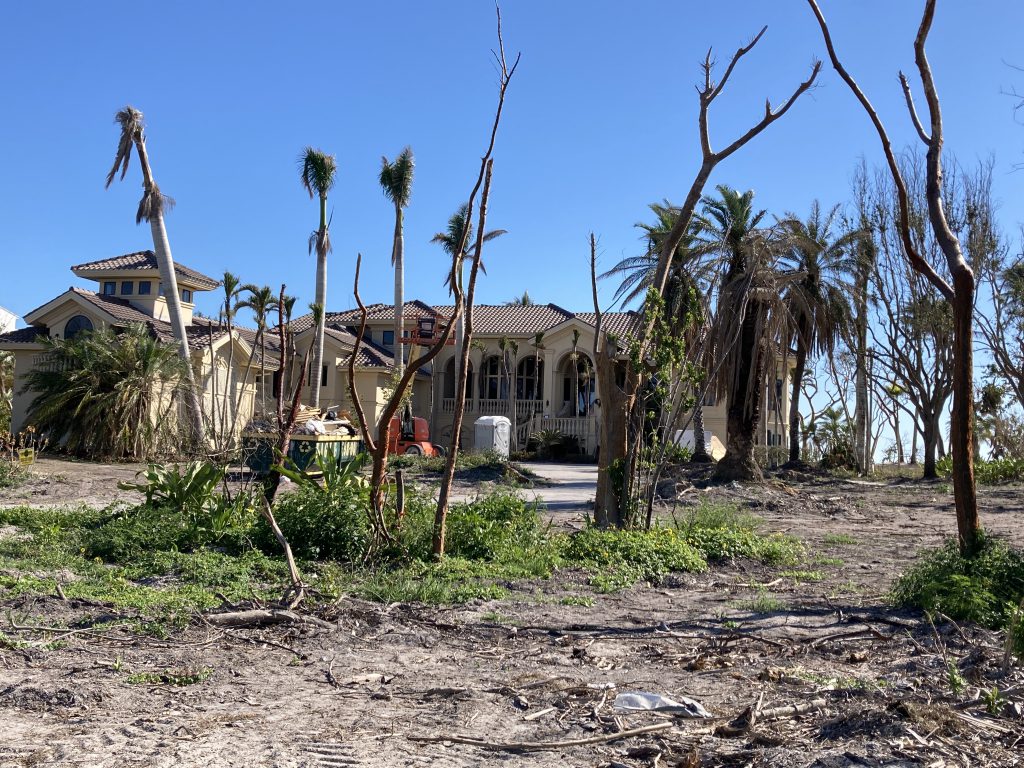
“After a Category 4 hurricane, it means the islands are going to come back, and they’re come back stronger than ever,” McMurray told Gulfshore Business.
That’s Florida’s mantra under Gov. Ron DeSantis. Earlier this month, DeSantis lauded the state’s Ian recovery efforts at a press conference in Fort Myers. It took only three days to reopen Pine Island Bridge with temporary repairs. Sanibel Causeway was back up and running within two weeks.
State agencies also have allocated more than $800 million and a record $1 billion in federal resiliency funds to help with recovery efforts. DeSantis also touted a state-funded housing initiative to place more than 500 families in mobile homes; the Federal Emergency Management Agency provided the temporary homes to 460 additional families.
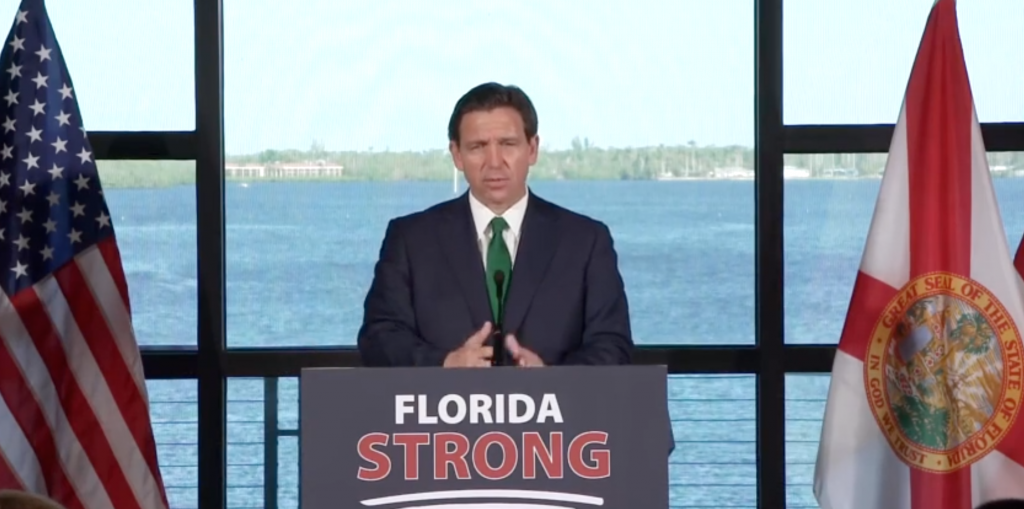
“Our state apparatus has really worked exemplary to be very aggressive,” DeSantis said. “A lot of the things I’ve outlined in here, if you were in another state, they would not have been doing any of this. That’s just the reality. We’re taking responsibility.”
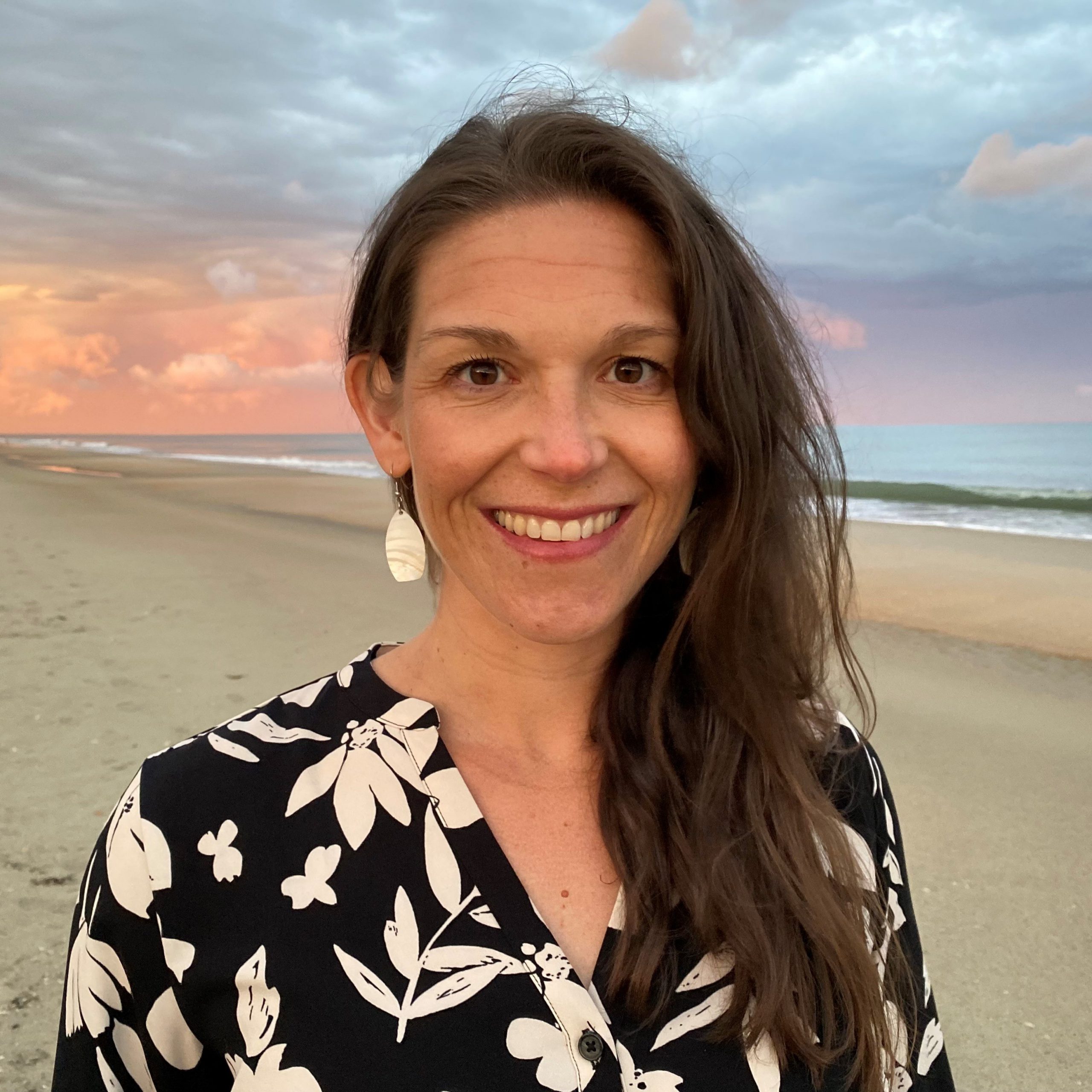
So the question facing barrier island towns has become not whether, but how to rebuild. Katy Serafin, a coastal scientist and geography professor at the University of Florida who researches coastal hazards, said there are multiple approaches to mitigate the effects of coastal hazards in seaside communities.
Hard infrastructure includes solutions like seawalls. Galveston, Texas, for instance, built the beginning of what’s now become a 10-mile-long and 17-foot-high seawall to prevent effects from hurricanes in 1902. The idea of a sea wall in Miami has also been a hotly debated topic in recent years.
Among the “softer” protection strategies is rebuilding sand dunes by constructing what are known as sand fences.
Another option is living with rising seas, rather than trying to keep them at bay. Instead of blocking off the coast, some homes — even modular ones — are now built on stilts. This worked in one condominium in the Florida Keys during Hurricane Irma in 2017, according to FEMA, where condos lie on 8 to 10 foot columns.
Restoring wetlands to give floodwaters a place to go is another key strategy. Losing 11 million acres of wetlands to development in the past half century meant losing 11 million acres of protection.
One effort to preserve the diverse ecosystems on barrier islands to help protect people and wildlife is moving through the Florida Legislature this session. The bill would designate Brevard County’s barrier islands as “Areas of Critical State Concern.”
Created by Florida’s Environmental Land and Water Management Act of 1972 and later assigned to zones in the ’70s and ’80s, the designation monitors development more closely to protect natural resources. Four areas hold the label: Key West and the Florida Keys; the Apalachicola Bay Area; the Big Cypress Area between South and Southwest Florida; and the Green Swamp Area in Polk and Lake counties.
Bill sponsor and Florida Sen. Tom Wright, R-Port Orange, said the designation will preserve one of the most delicate ecosystems in North America from uncontrolled development. “The Brevard barrier island is one of the most fragile and endangered coastal ecosystems in North America,” he said during a committee meeting Monday.
Haley Busch, outreach director for environmental advocacy group 1000 Friends of Florida, said the standards set a precedent for smarter coastal development. The same principles should be applied to other state barrier islands and coastal areas, she said. “It’s an old tool, we’ve used it before,” Busch said. “We could do it again in different parts of the state.”
Another bill making its way through the legislature would require sellers to tell prospective buyers about “water or moisture-related damage caused by a natural flood event within the last 10 years.” It would also make it mandatory to notify buyers of whether the property has a flood insurance policy and if it’s in a FEMA-designated flood zone. As it stands, there’s no federal requirement to disclose a property’s flooding history to a potential homebuyer.
Being aware of potential flooding impacts before moving to a coastal property is integral to making sure residents have an action plan during a storm, Serafin said.
“As time goes on, your risks compound,” she said. “The longer you are somewhere, the more likely you are to experience coastal flooding. And with climate change, those risks are increasing.”
 Living on the Edge
Living on the Edge